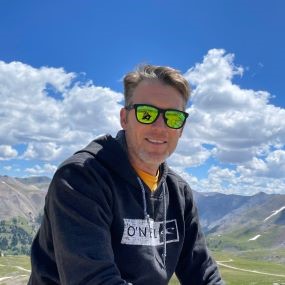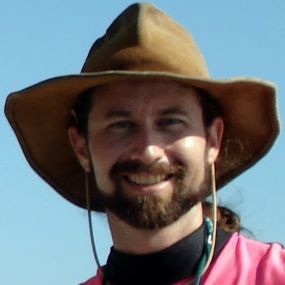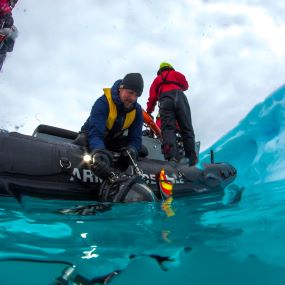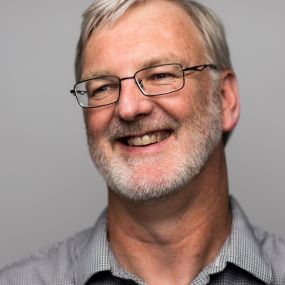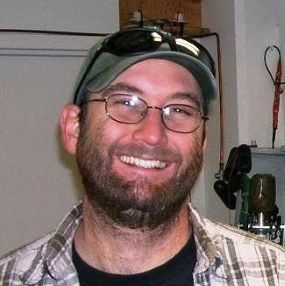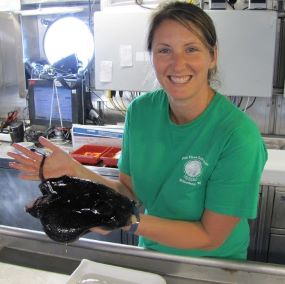
From Aggregations to Individuals: Exploring Migrating Deep-Sea Scattering Layers Through Multiscale-Multimode Technologies in the Gulf of Mexico
Past Expedition
Overview
From July 26 to August 1, 2021, a multi-institutional science team set sail aboard the R/V Point Sur from Gulfport, Mississippi and headed towards DeSoto Canyon. The objectives of this mission, funded by NOAA Ocean Exploration, were to deploy two different autonomous sensor platforms developed as part of this project: National Geographic Society’s Driftcam and the Teledyne Webb Research Slocum glider. During this cruise we focused on areas that have been studied extensively during the DEEPEND|RESTORE program in the Gulf of Mexico (GoM).
Features
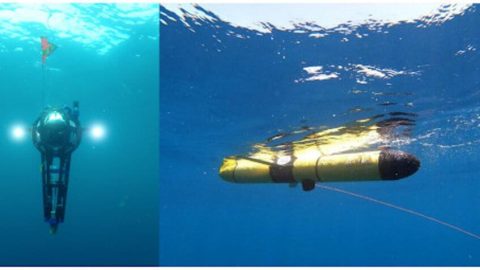
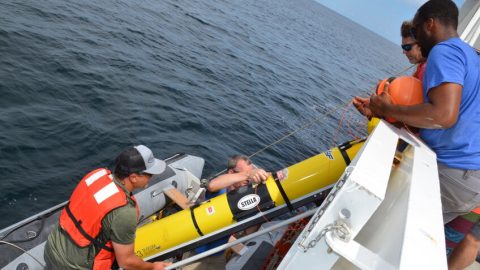
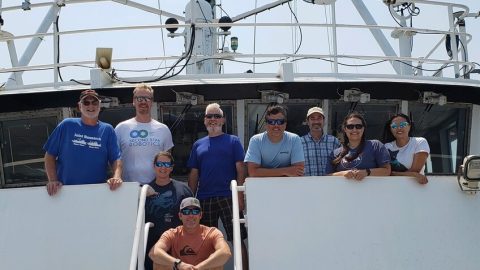
View Less
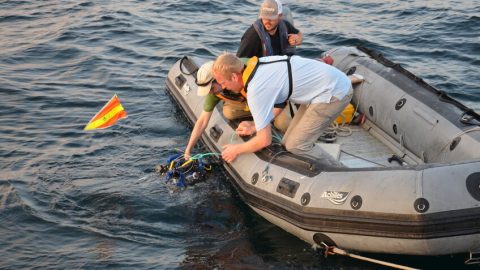
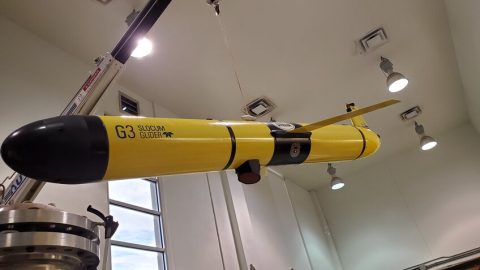
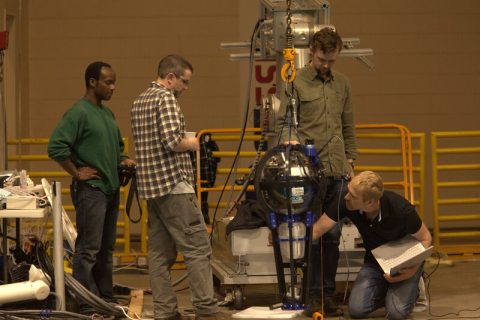
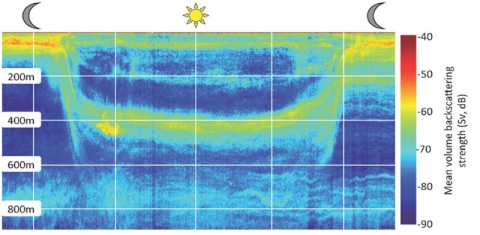
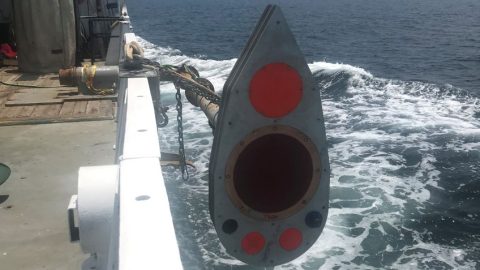
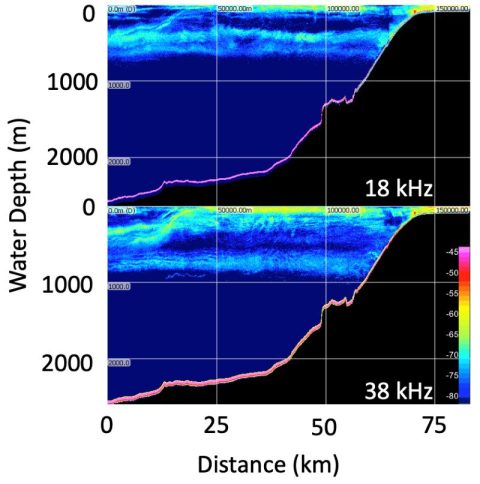
Multimedia
Featured multimedia assets associated with this project.
Meet the Exploration Team
Learn more about the team members and their contributions to this project.
